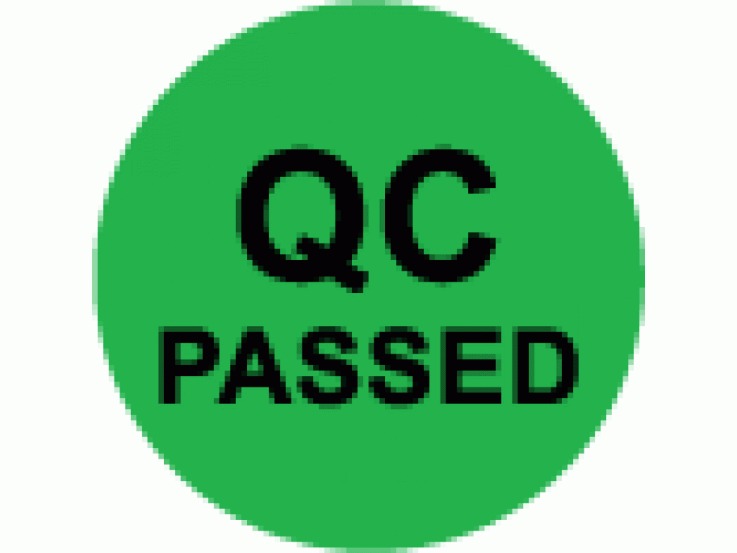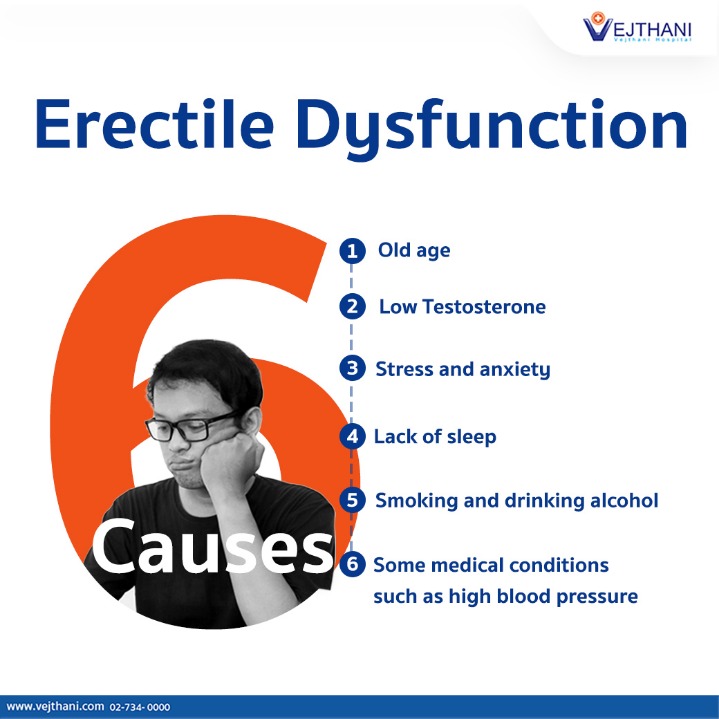Public transportation plays a crucial role in modern society, providing millions of people with an affordable and efficient way to get around. To ensure that passengers have a safe and reliable journey, transit agencies implement Transit Quality Assurance programs. These programs focus on maintaining high standards of service and safety throughout the transit system.
What is Transit Quality Assurance?
Transit Quality Assurance is a comprehensive program that aims to monitor and improve the quality of public transportation services. It involves regular inspections, audits, and feedback mechanisms to ensure that buses, trains, and other modes of transit operate smoothly and efficiently.
Key Components of Transit Quality Assurance
- Vehicle Inspections: Regular checks are conducted to ensure that vehicles are well-maintained and in good working condition.
- Driver Training: Transit agencies train their drivers to provide excellent customer service and adhere to safety protocols.
- Cleanliness and Maintenance: Stations and vehicles are cleaned and maintained regularly to provide passengers with a pleasant and safe environment.
- On-Time Performance: Monitoring schedules and addressing any delays to ensure that passengers reach their destinations on time.
- Customer Feedback: Collecting feedback from passengers to identify areas for improvement and address any issues promptly.
Benefits of Transit Quality Assurance
Implementing Transit Quality Assurance programs can lead to a wide range of benefits, including:
- Improved safety for passengers and employees
- Enhanced customer satisfaction and loyalty
- Increased efficiency and reliability of transit services
- Cost savings from reduced maintenance and repairs
Read more about Quality Improvement here.
Frequently Asked Questions
Q: How can passengers contribute to Transit Quality Assurance?
A: Passengers can contribute by following transit rules and regulations, providing feedback on their experience, and reporting any incidents or safety concerns to transit authorities.
Q: How do transit agencies measure the success of their Quality Assurance programs?
A: Transit agencies use performance metrics such as on-time performance, customer satisfaction ratings, and safety incident reports to measure the effectiveness of their Quality Assurance programs.
In conclusion, Transit Quality Assurance is essential for maintaining high standards of service and safety in public transportation. By implementing rigorous inspection and training programs, transit agencies can ensure that passengers have a positive and reliable journey every time they travel.



